6 Foods to Eat on Ozempic and 4 to Avoid—According to Experts
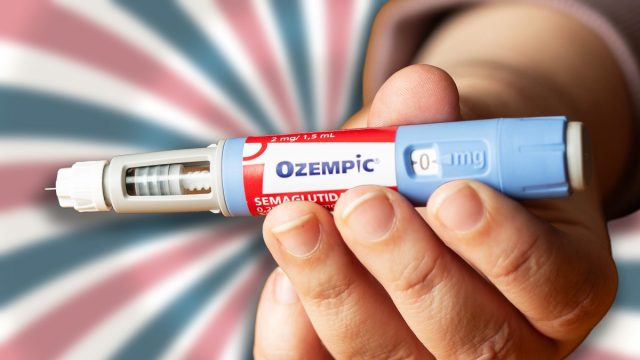
Have you noticed your appetite vanishing since starting Ozempic? You're not alone. While this breakthrough medication is transforming weight loss treatment, many patients are struggling with unexpected nutrition challenges. "It works so well that they forget to eat. We're actually seeing cases of malnutrition and dehydration," Dr. Vijaya Surampudi, a Board Certified in Internal Medicine, Endocrinology and a Physician Nutrition Specialist, and the associate director of the UCLA Medical Weight Management Clinic at UCLA Health, shared with WebMD. Don't let your weight loss journey compromise your health. Read on to discover the essential foods you need—and the ones to avoid—to make Ozempic work safely and effectively for you.
How Ozempic Changes Your Eating Patterns

"We're still learning about how they work, but simplistically, I think of it in three ways," explains Dr. Surampudi. "One, they work in the way that we initially brought them to light with diabetes medications: They tell the pancreas to release more insulin, depending on what your blood glucose is. Two, they slow digestion down. Three, they also seem to have an effect on the brain, where they're actually quieting the brain down a little bit and helping you not think about food as much." Read on to learn six foods you should eat.
RELATED: 20 Possible Ozempic Side Effects
High-Quality Proteins
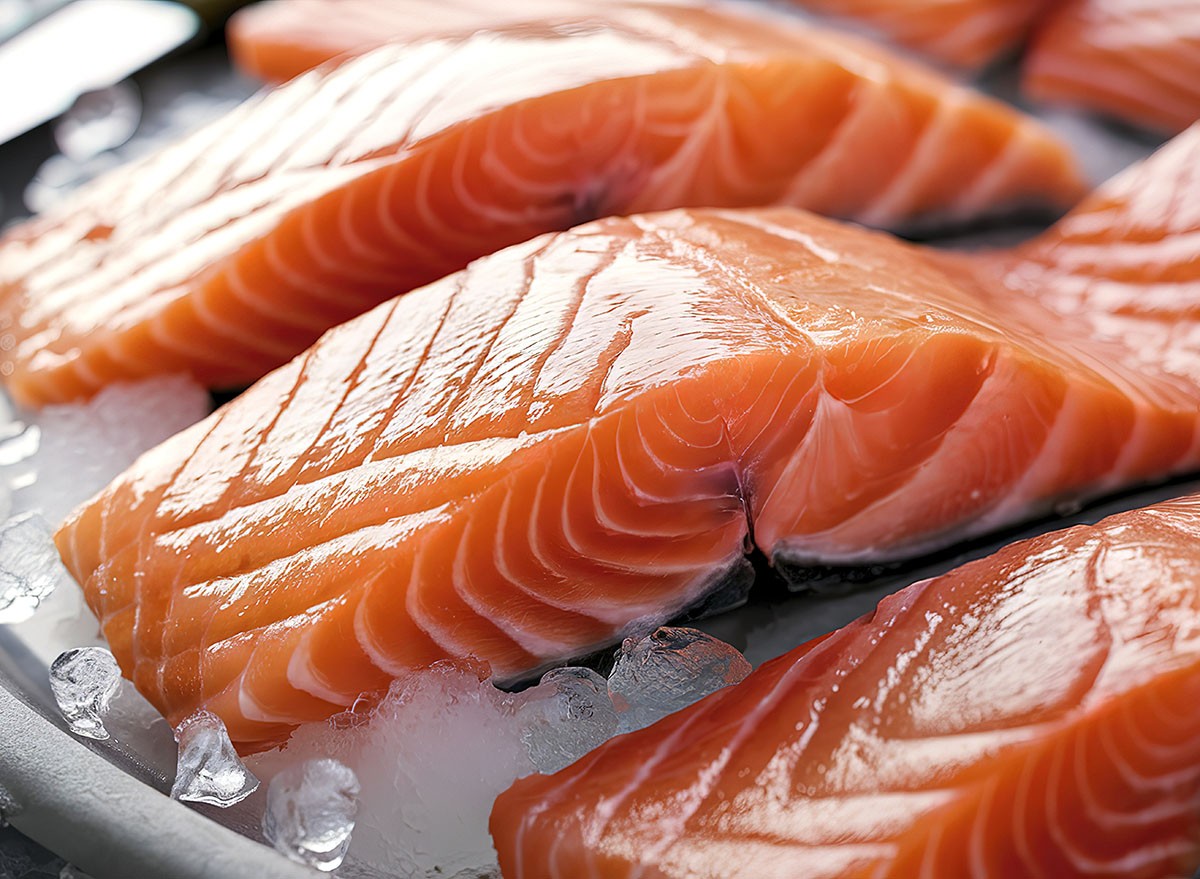
"Because these medications reduce your appetite and you can't eat as much, and because food stays in your stomach longer so you stay full longer, it's really important to make sure the food that you are eating is very high nutritional quality," explains Geri Lynn Grossan, registered dietitian nutritionist. She suggests eating protein first at meals since it's not something our bodies store.
Eggs and Lean Meats
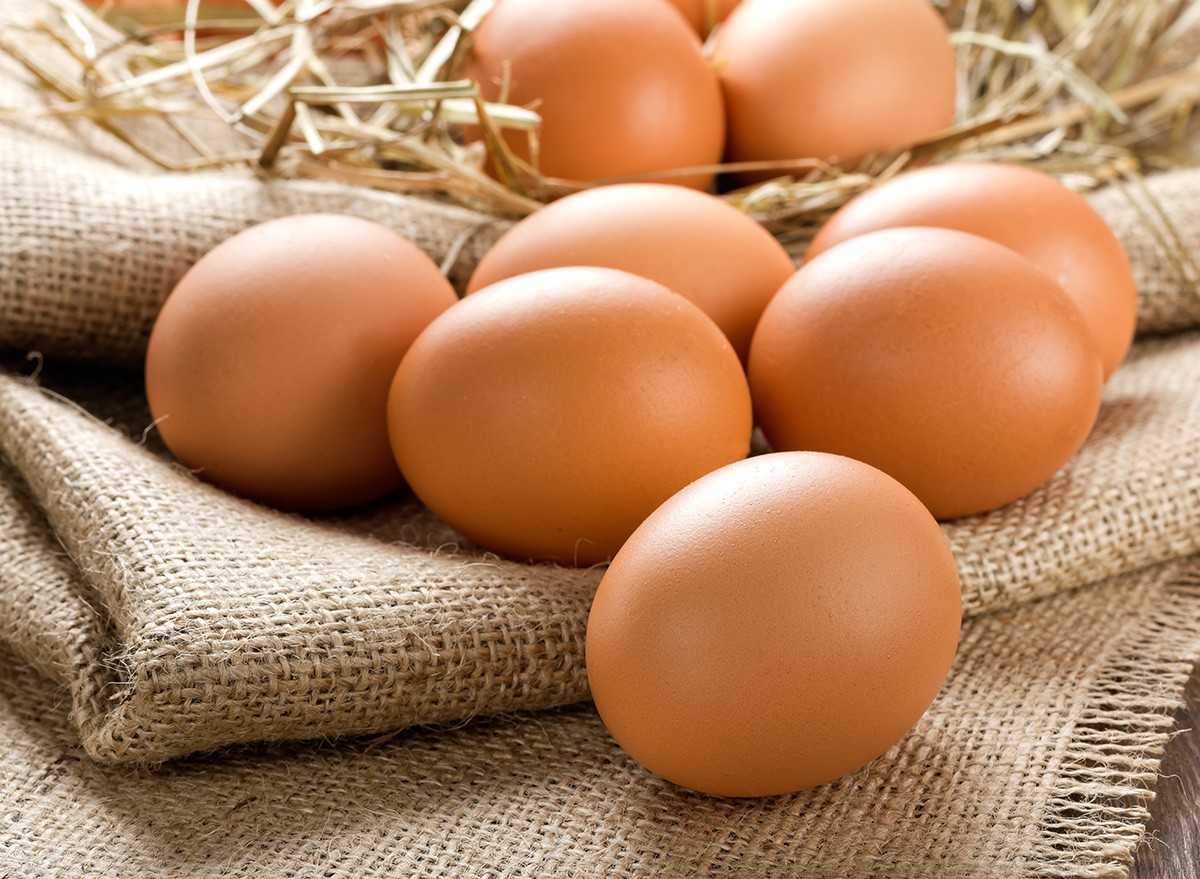
Dr. Surampudi recommends focusing on the most bioavailable sources of protein: "Eggs, chicken, and fatty fishes are great sources of protein." These options are especially important when your appetite is reduced.
Plant-Based Proteins
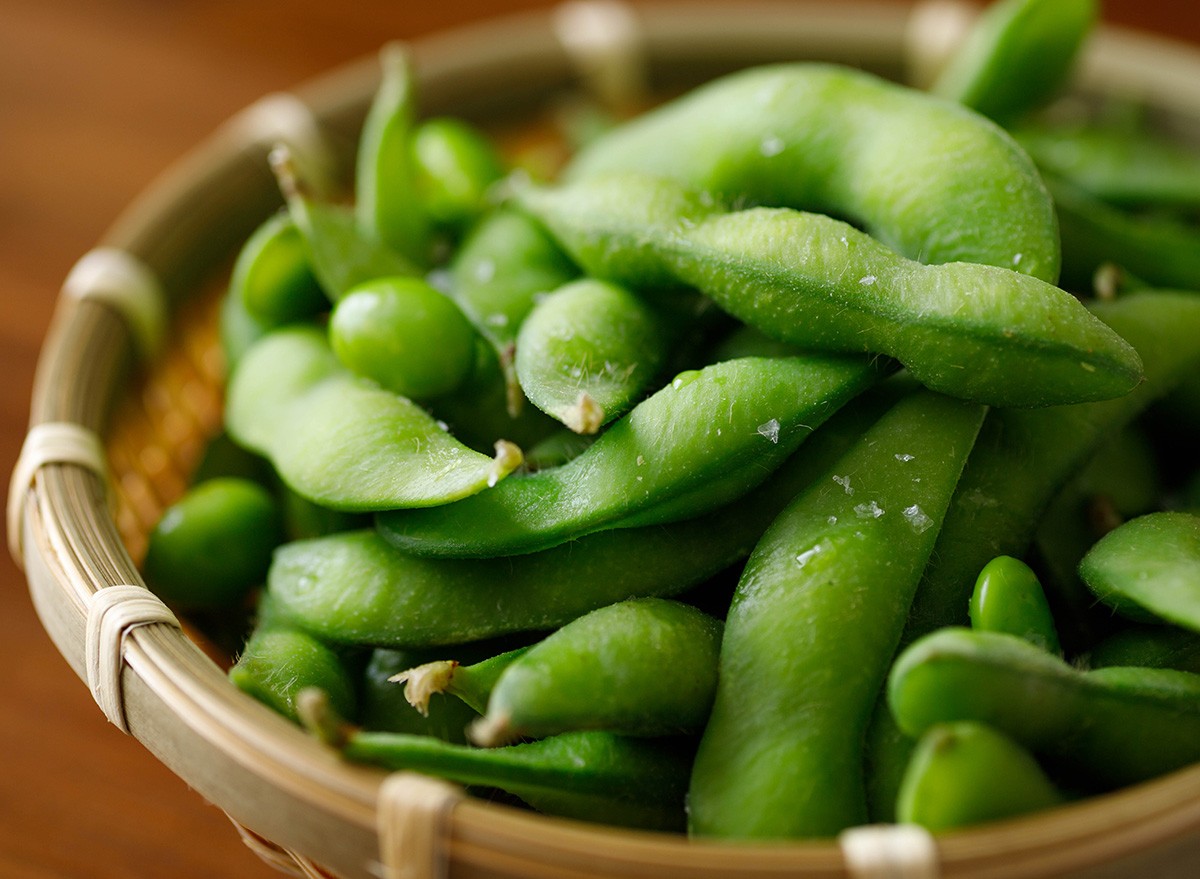
"If you're more plant-based or you prefer to avoid animal products, look at things like tofu, edamame, and tempeh, which are all soy products. You can also get protein out of lentils and some beans," Dr. Surampudi explains.
RELATED: What Happens to Your Body When You Stop Taking Ozempic
Colorful Vegetables
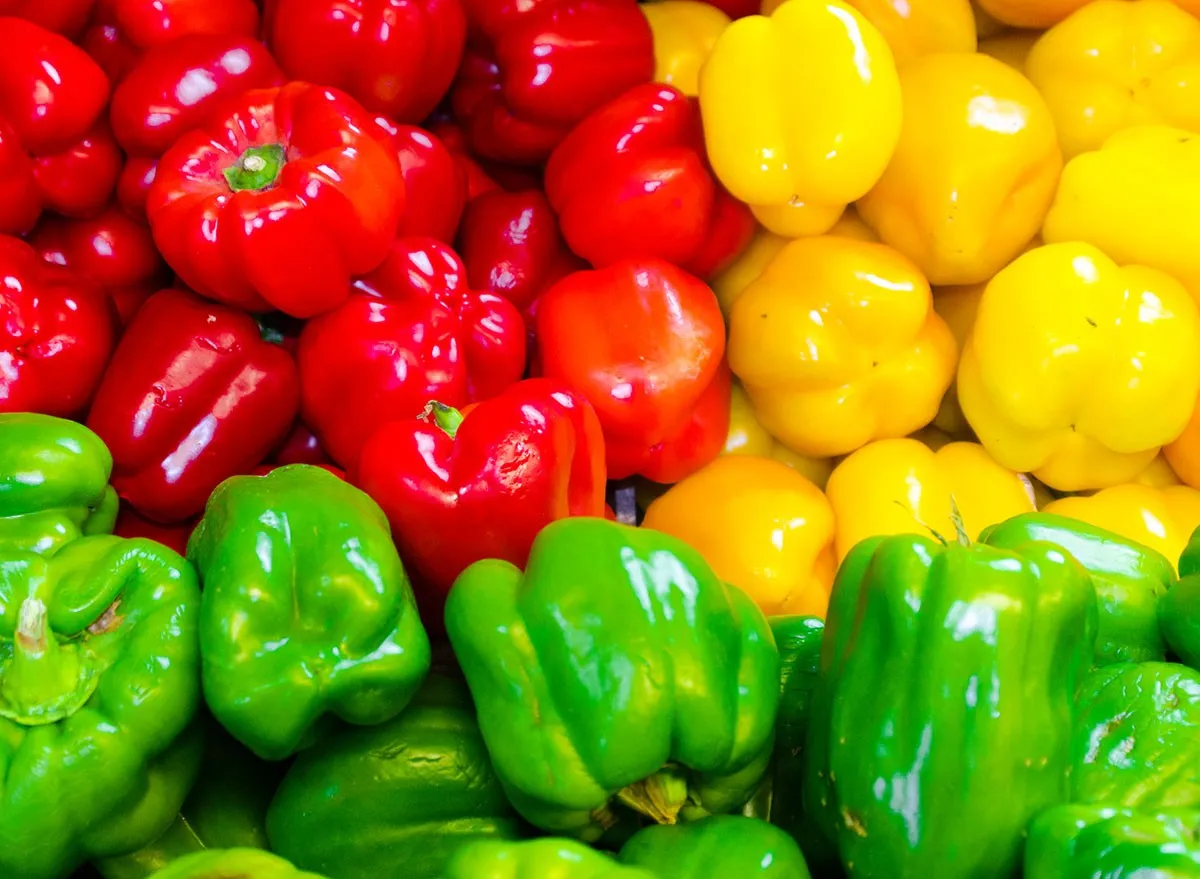
"Each color represents a different phytonutrient," explains Dr. Surampudi. "If you've got three different-colored bell peppers, you're getting three sets of different phytonutrients. That doesn't mean every plate has to look like a rainbow, but throughout the week make sure you're varying your vegetables."
Low-Sugar Fruits
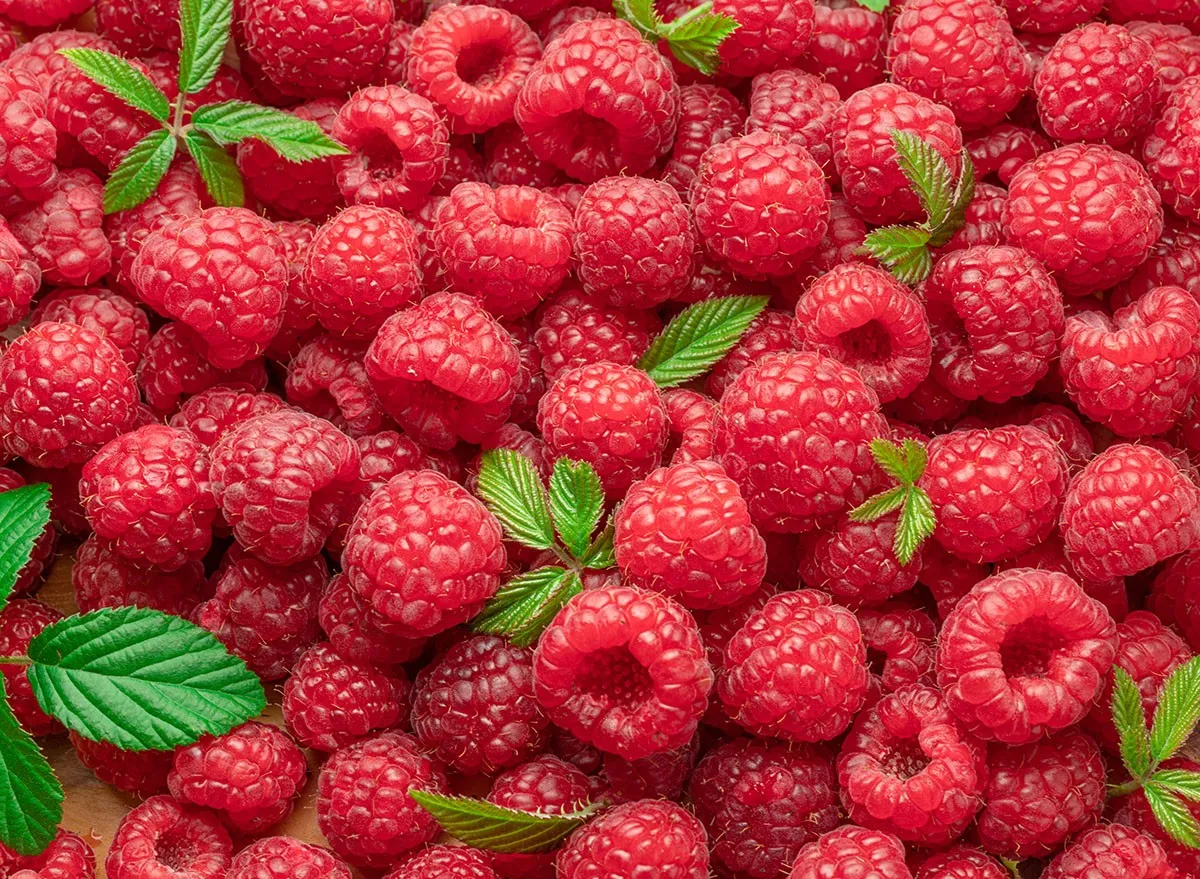
"Fruit over the years has gotten very, very sweet," notes Dr. Surampudi. "It has a higher carbohydrate count than once upon a time, so I usually recommend no more than two fruits per day, and people should view it more as a dessert or a snack."
Whole Grains and Legumes
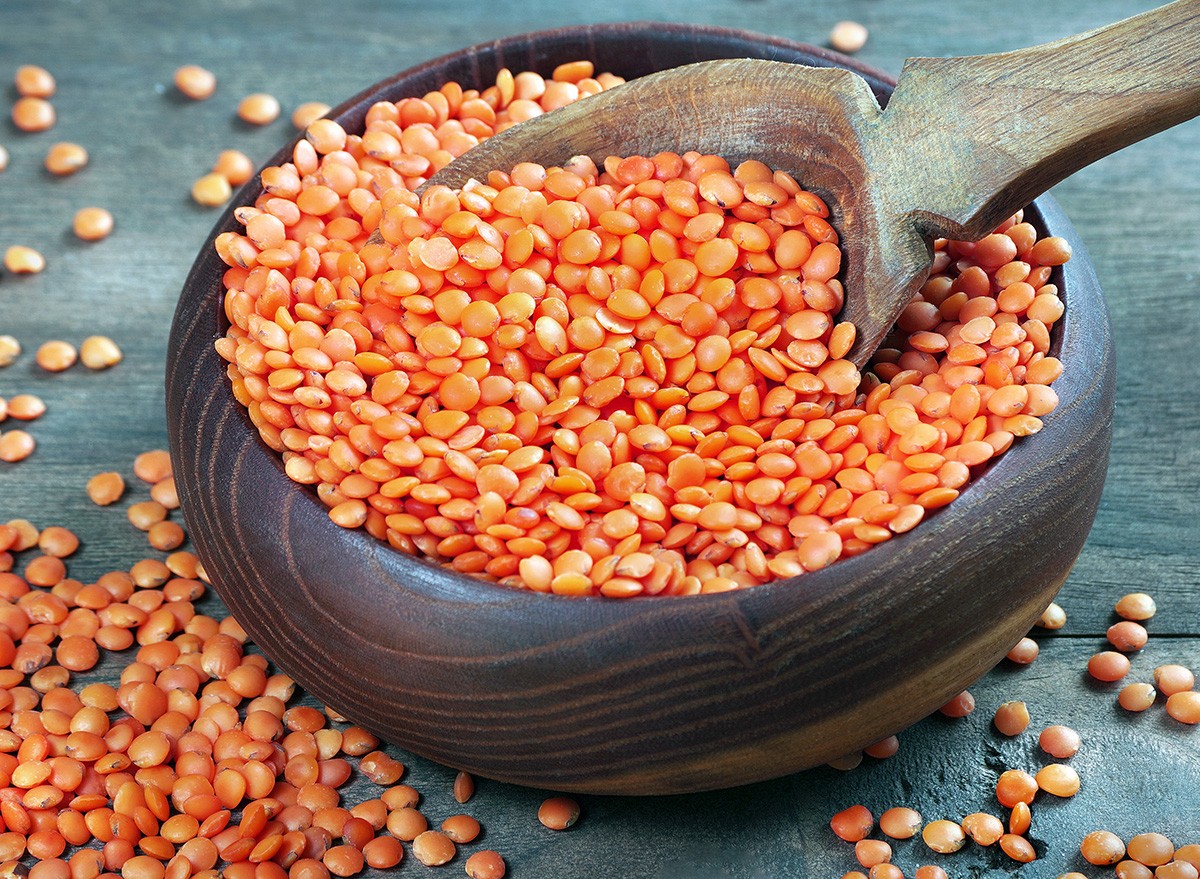
Grossan recommends incorporating whole grains, beans, lentils, and legumes as part of a balanced diet. These foods provide sustained energy and additional protein. Read on to discover four foods to avoid.
RELATED: 20 Things to Avoid While on Ozempic
High-Fat Foods
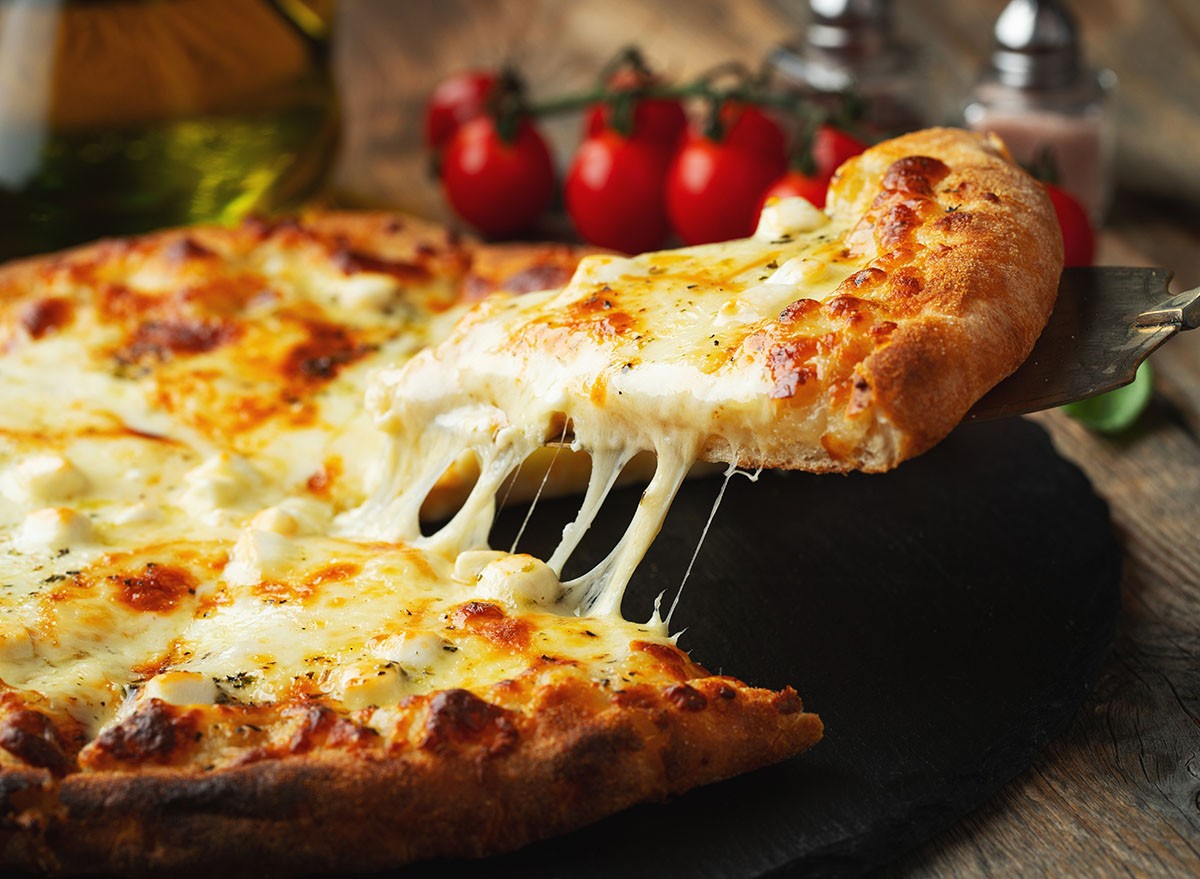
"Fats take a longer time to digest, so they already naturally spend a longer time in the stomach," Dr. Surampudi explains. "If you have an external stimulus that's slowing your digestion down, and then you have fat sitting in your stomach even longer, it might make you feel more nauseous."
Processed Foods

Think about what your grandma was eating 50 years ago, suggests Grossan. The rise in processed foods has changed our understanding of real food, and these should be limited while on Ozempic.
Deep-Fried Items
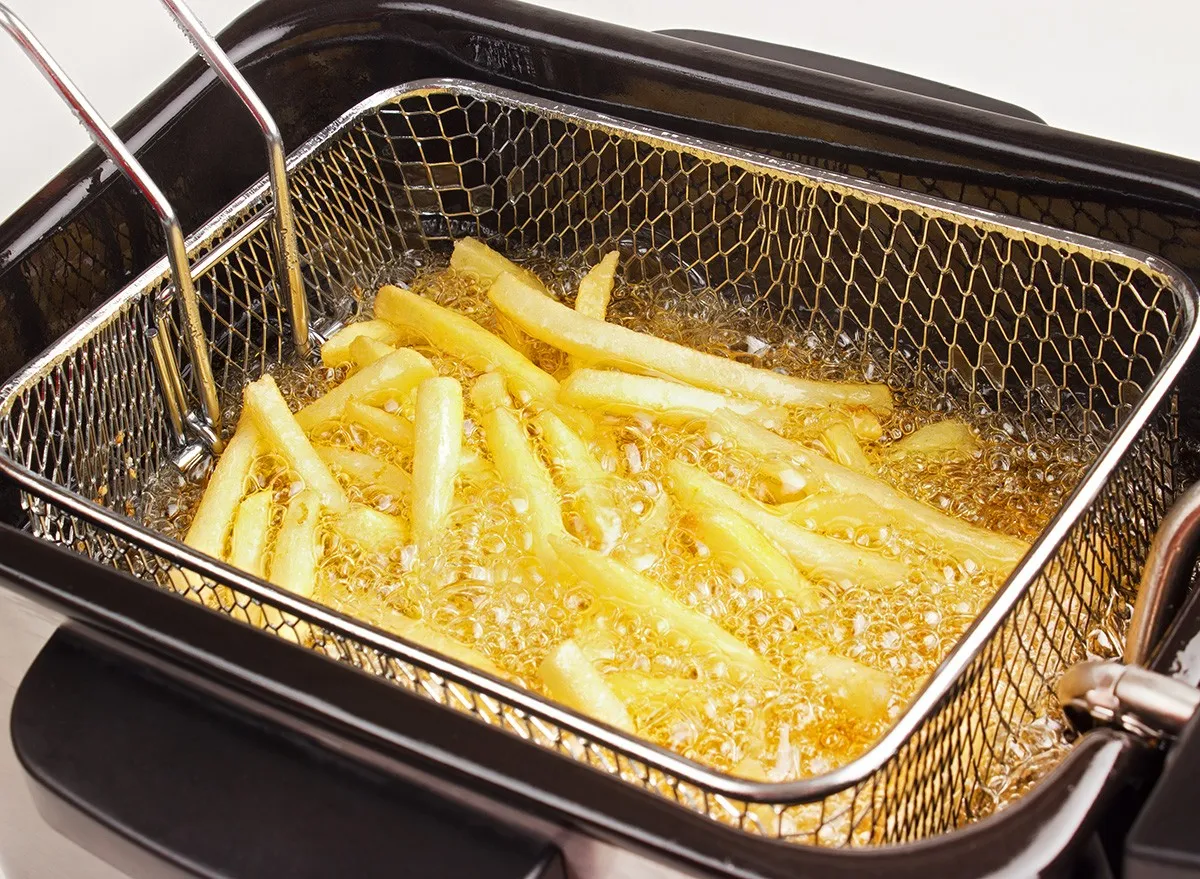
Dr. Surampudi specifically warns about avoiding "very highly processed fatty foods and deep fried foods" as they can increase side effects like nausea and vomiting.
Excess Alcohol
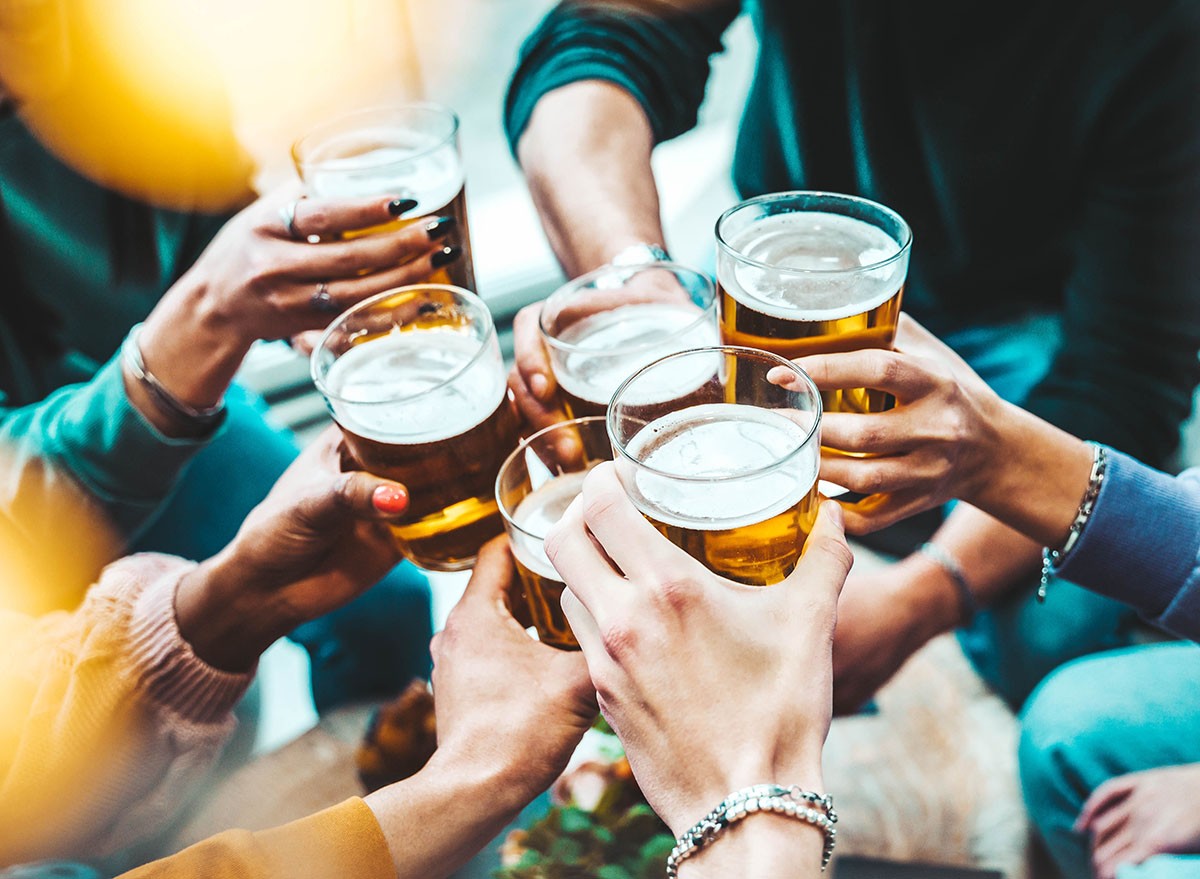
"Alcohol can play a funny role. It can worsen side effects for some people, like nausea and vomiting," Dr. Surampudi cautions. She recommends following standard guidelines: two or fewer drinks per day for men and one or less for women.
RELATED: 5 Foods That Maximize Weight Loss on GLP-1 Medicines, According to Coach
Staying Hydrated is Essential

Water becomes even more crucial while on Ozempic. "Not only does it curb hunger, but people sometimes forget that they're thirsty, so they're not drinking enough water," Dr. Surampudi emphasizes.
When Things Don't Feel Right
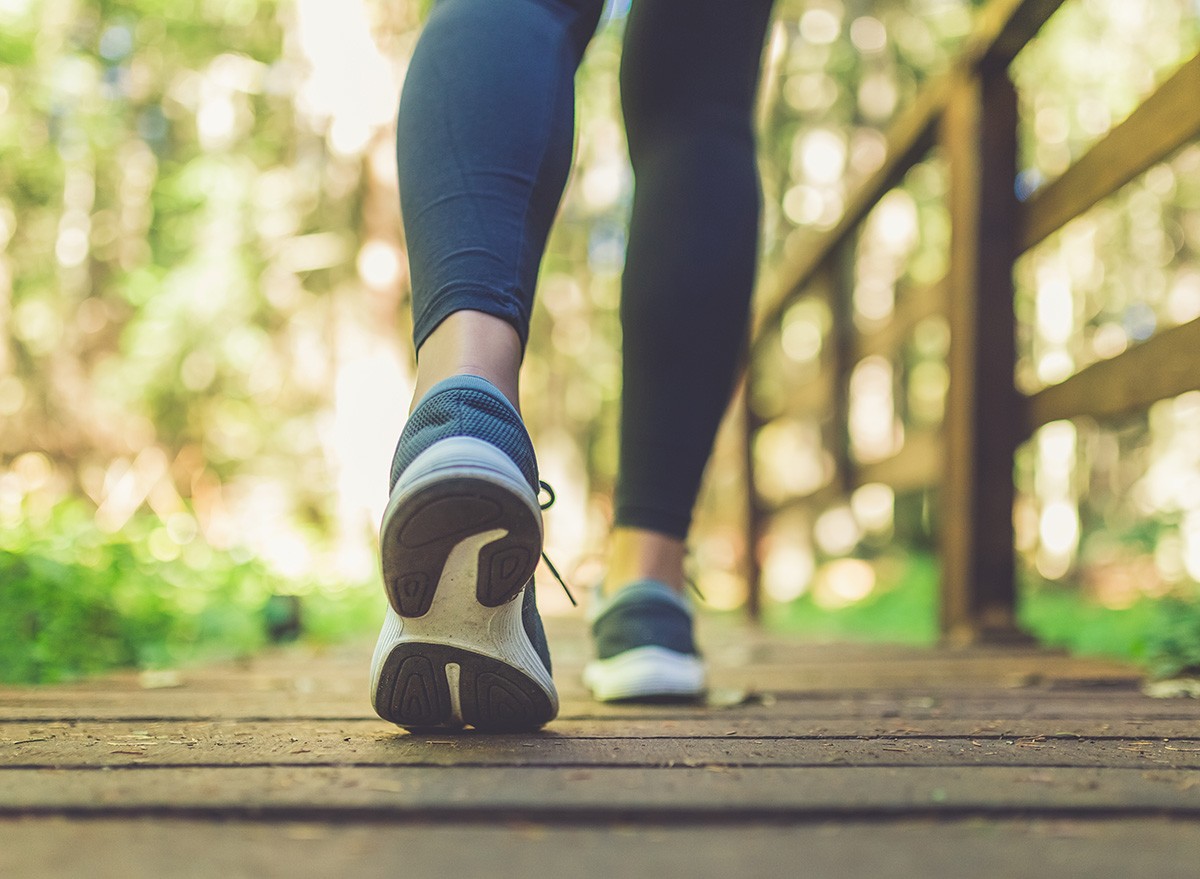
If you're experiencing side effects, Dr. Surampudi advises: "Listen to your body. For overindulgence, take a walk. It helps with motility and getting the food to digest a little bit more." She also emphasizes the importance of talking to your doctor about dose adjustments if side effects persist.
The Long-Term View
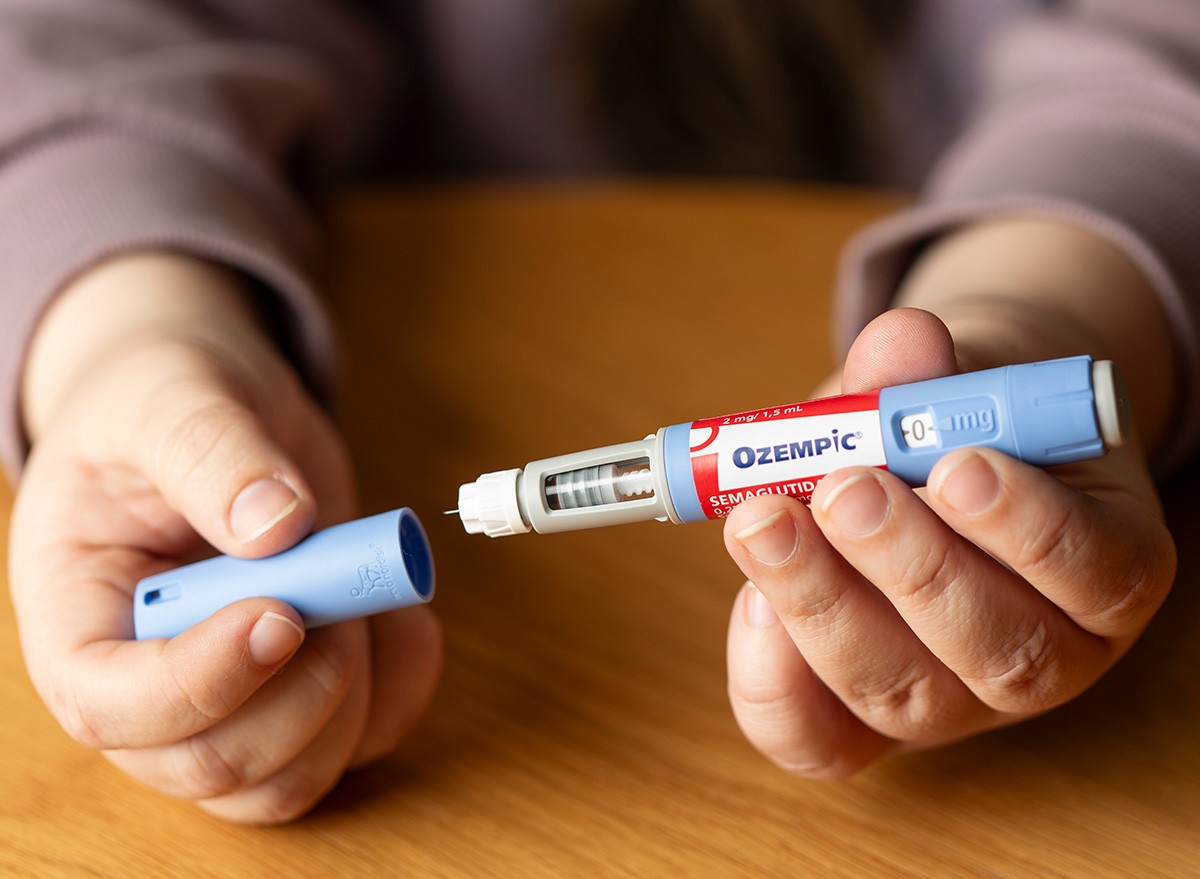
"I think this is just the beginning," Dr. Surampudi shares. "I think these medications are going to be an incredible tool in weight management. But it's important to remember it's just that: a tool in the toolbox, and we still need to prioritize diet and exercise."
RELATED: 12 Tips to Maintain Weight Loss After Using Ozempic and GLP-1 Medications
Your Next Steps

Consider working with a registered dietitian to create a personalized meal plan. Many insurance plans cover nutritional counseling for obesity, making it an accessible way to optimize your Ozempic journey while ensuring proper nutrition.
A healthy weight loss goal is about two pounds per week. If you're losing more than that, you might not be getting enough calories to support your body's needs. And if you enjoyed this article, don't miss 20 Incredible Ozempic Success Stories of All Time.




